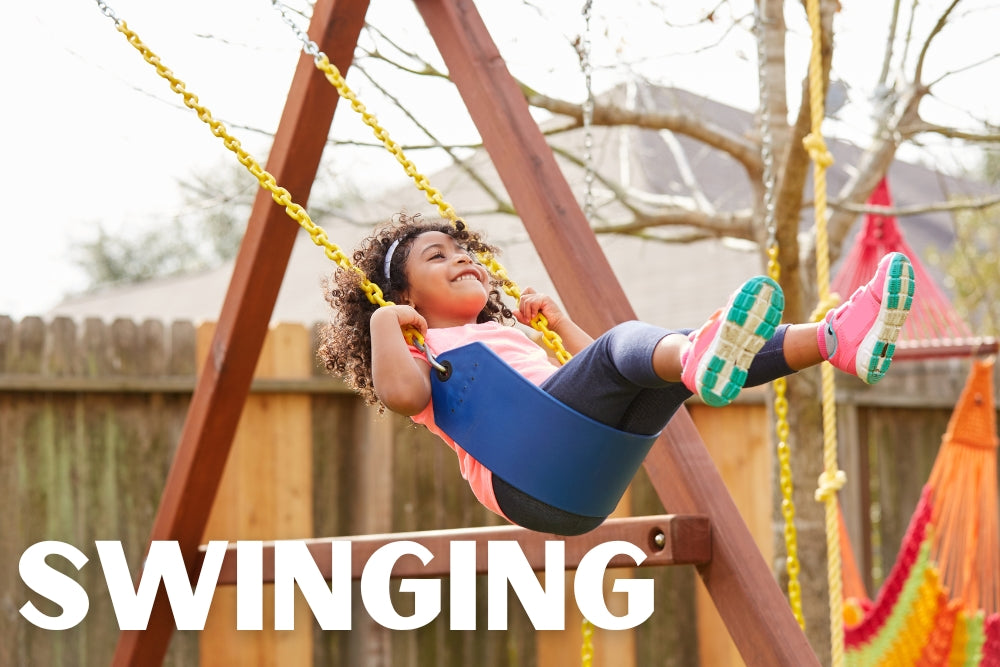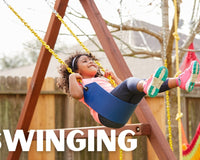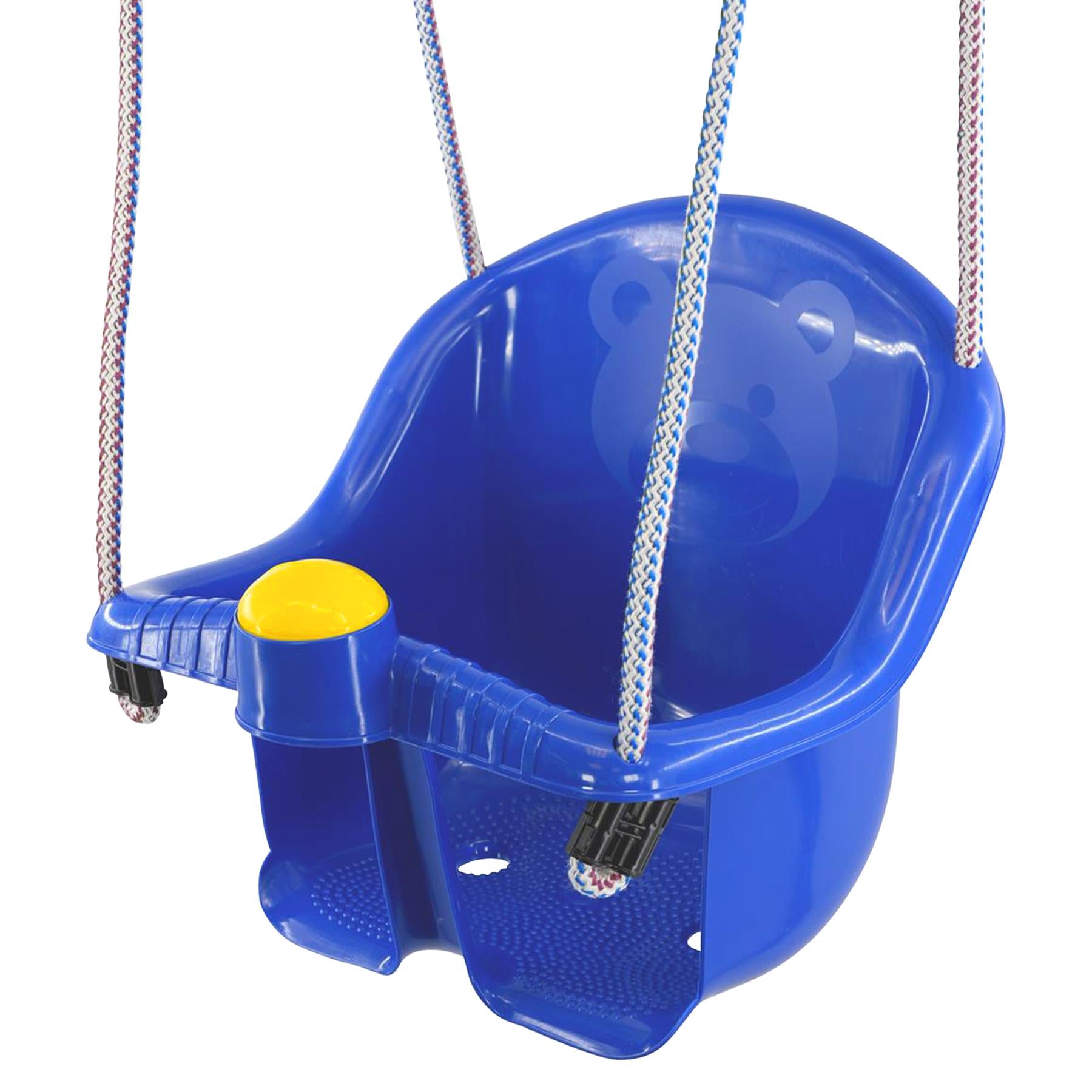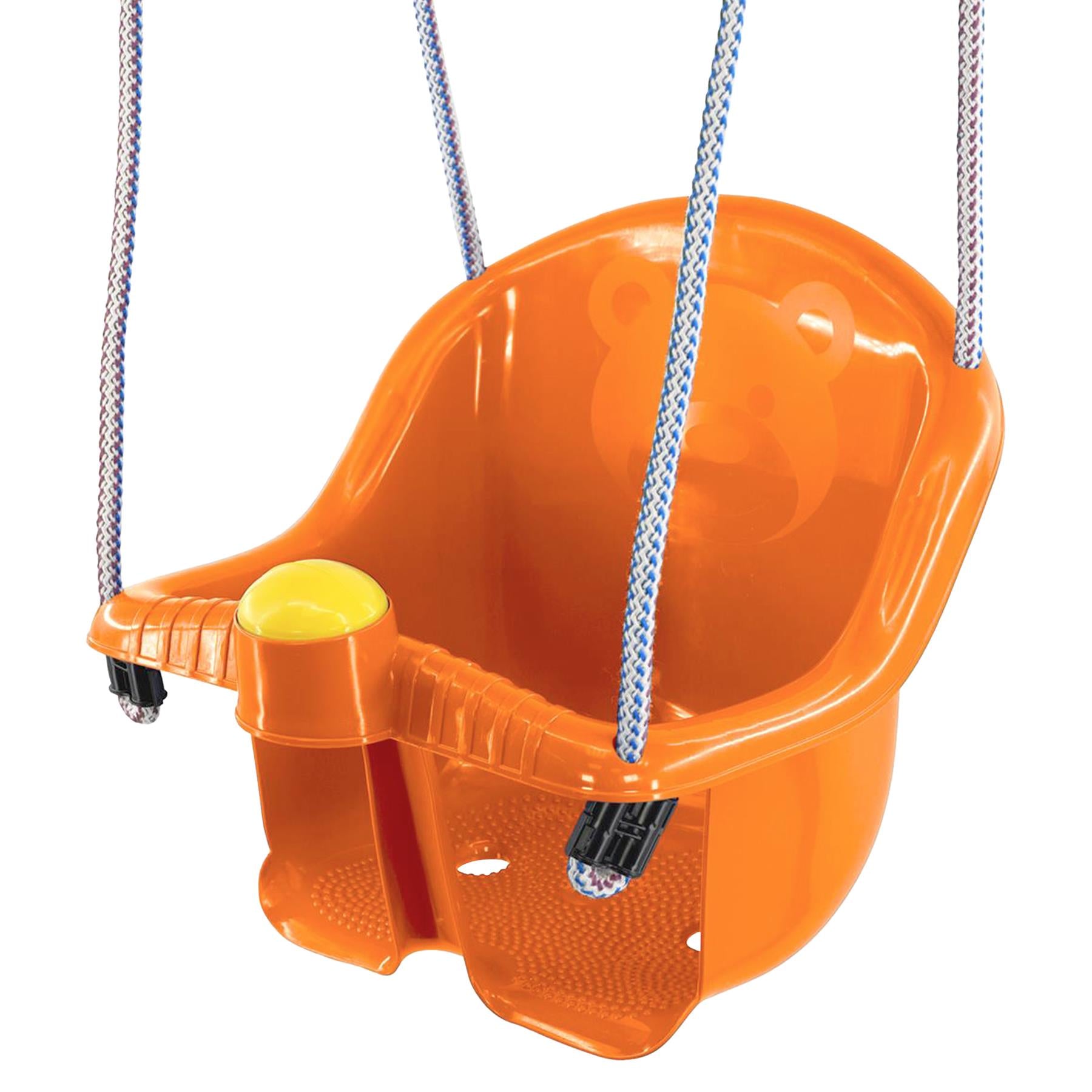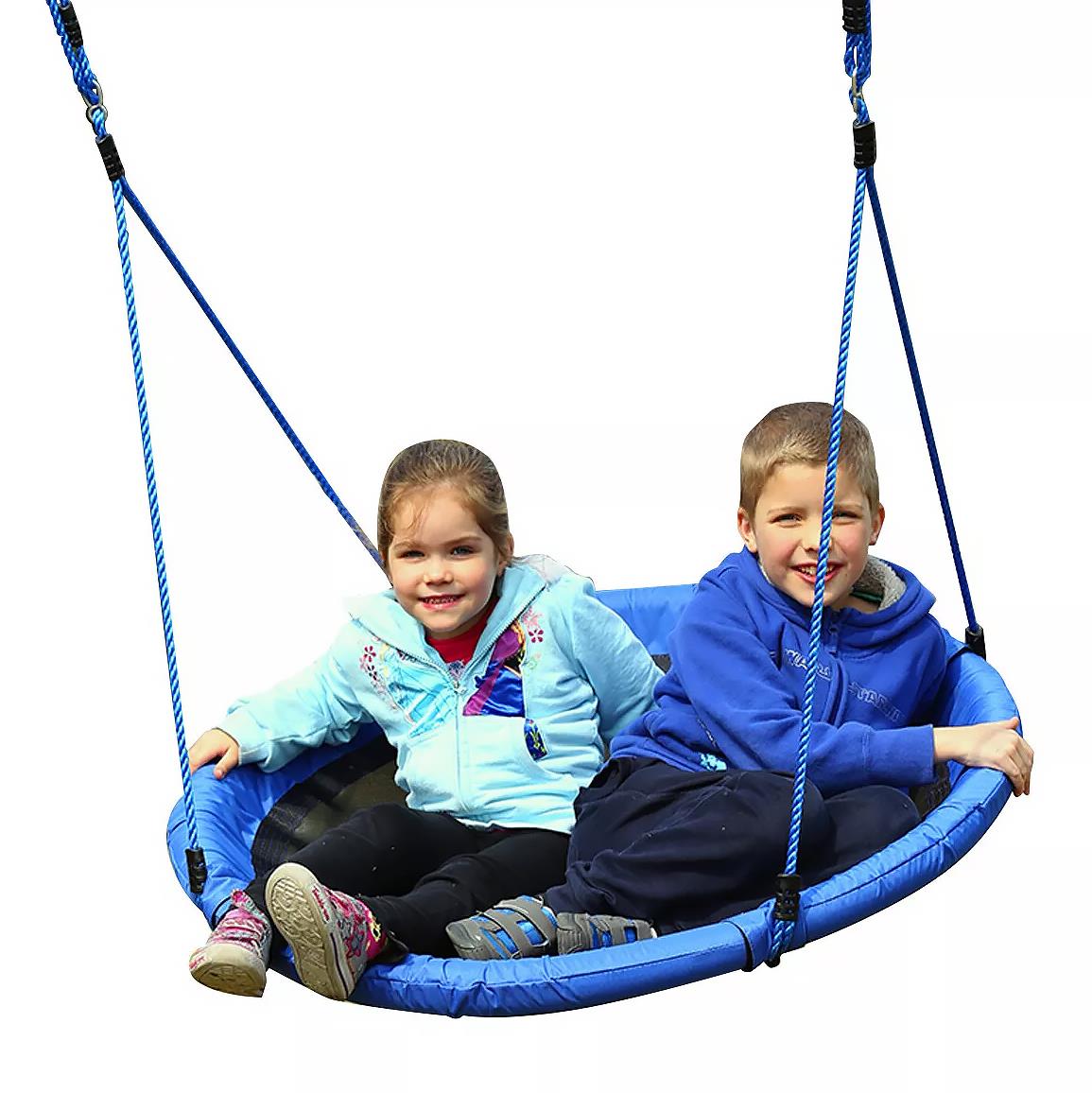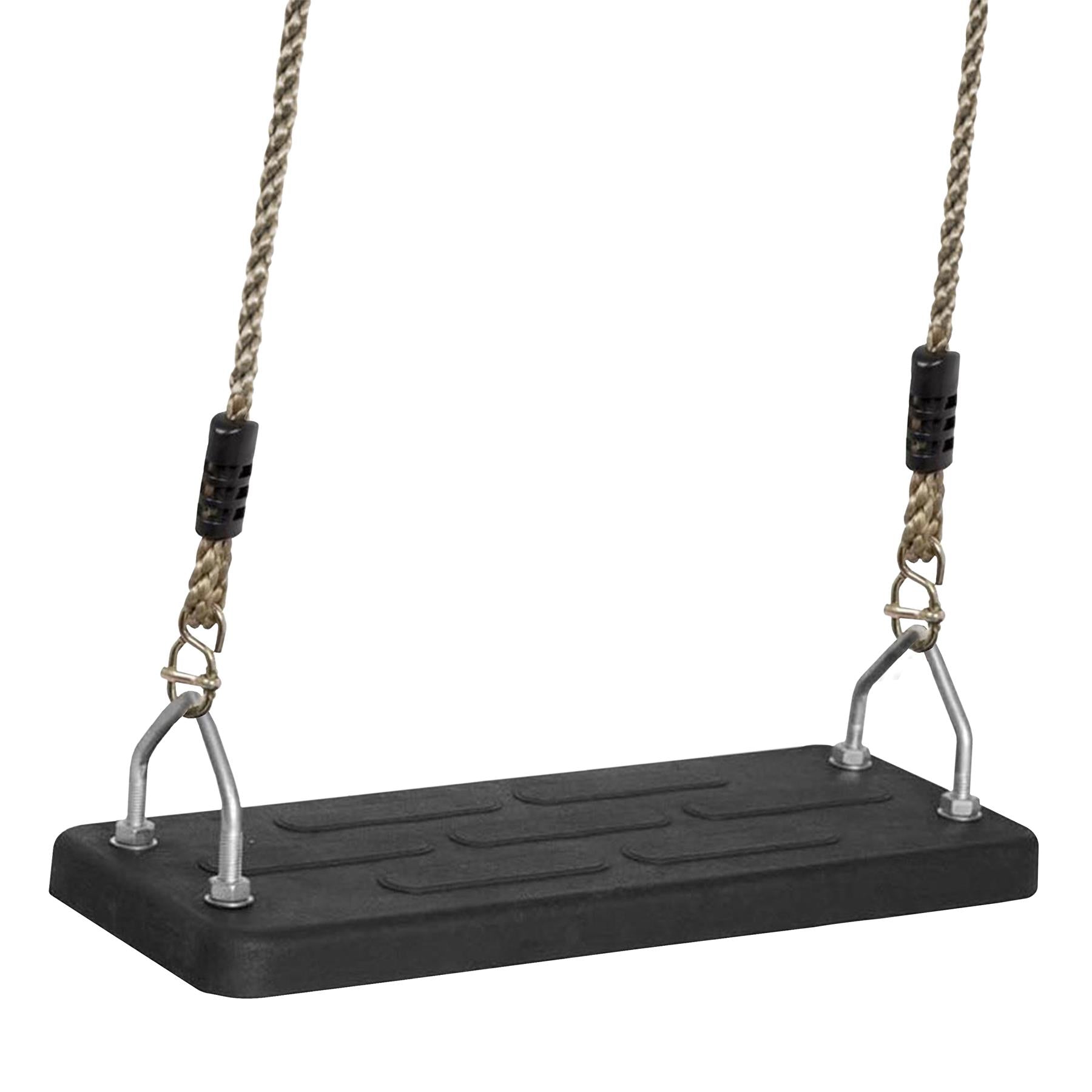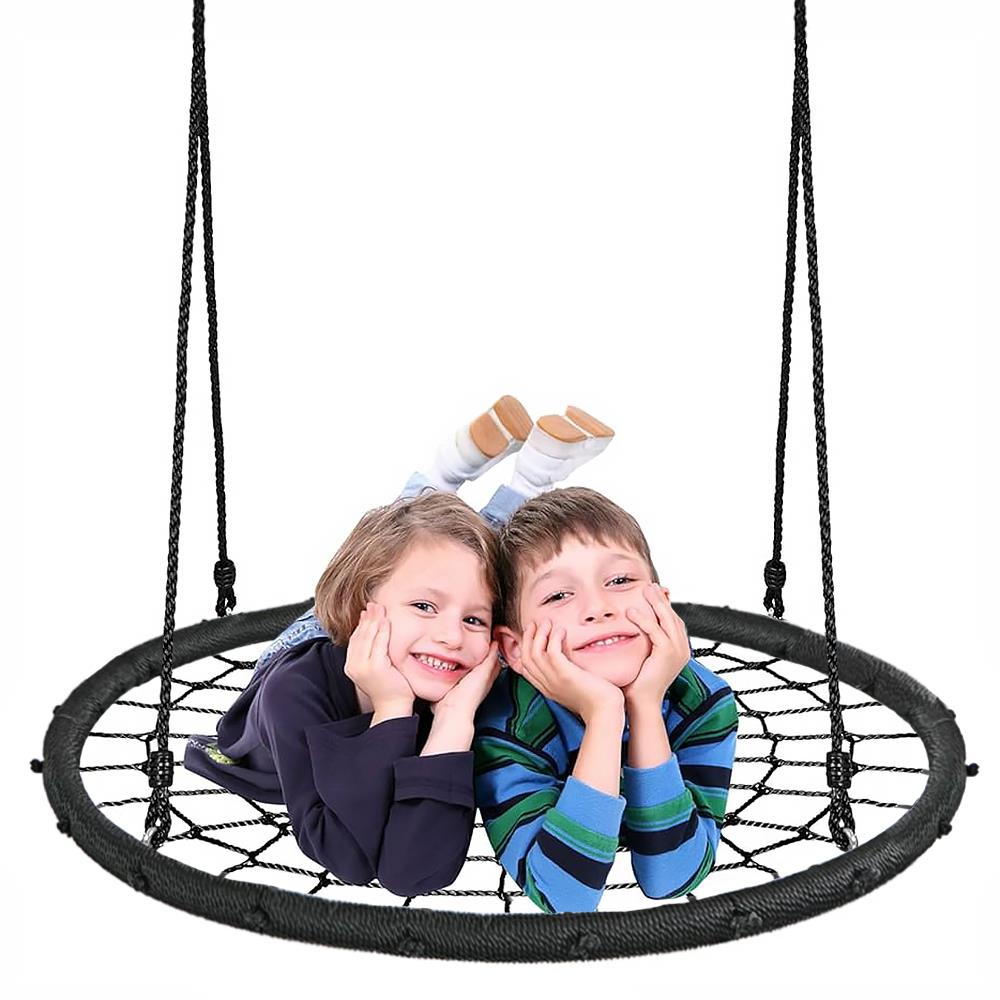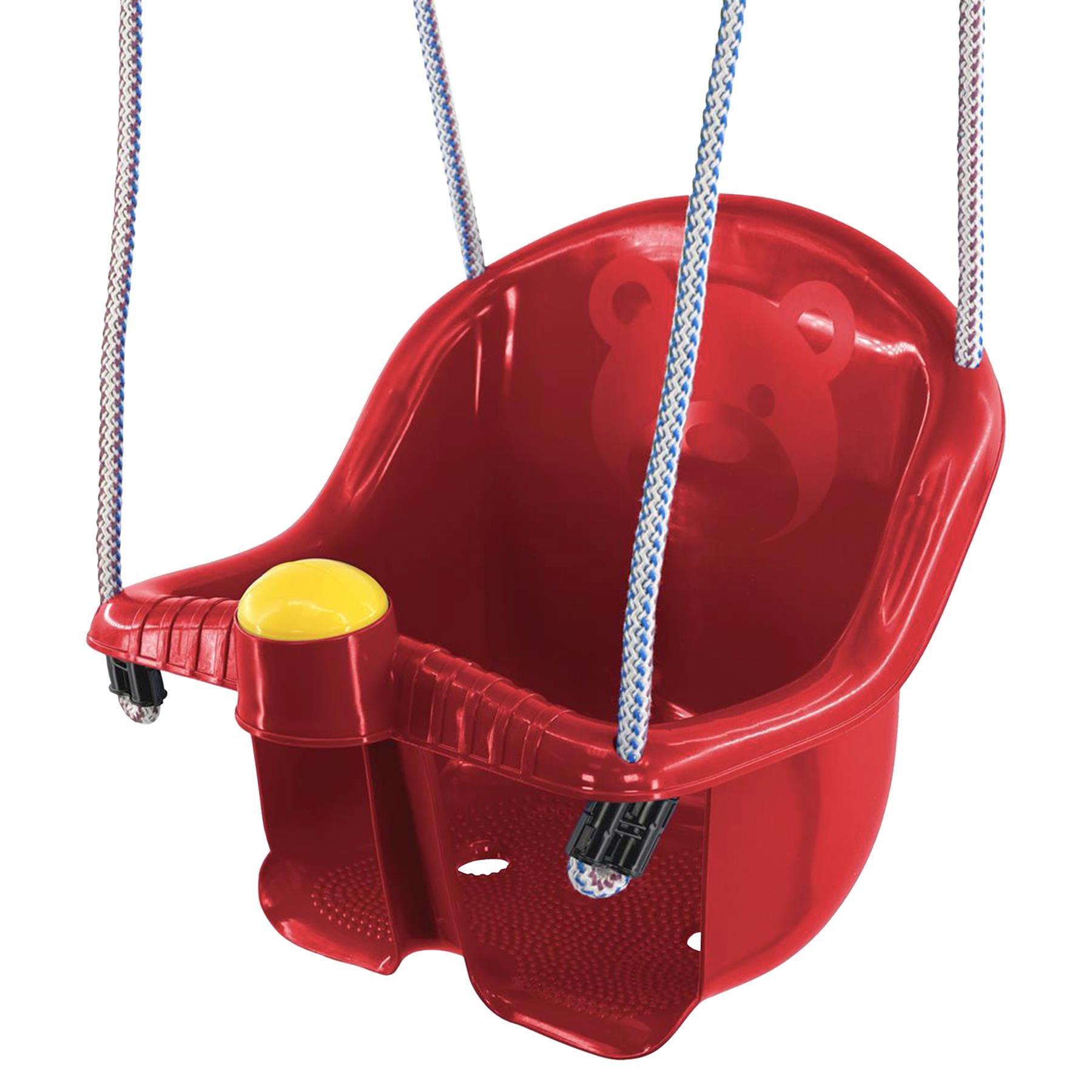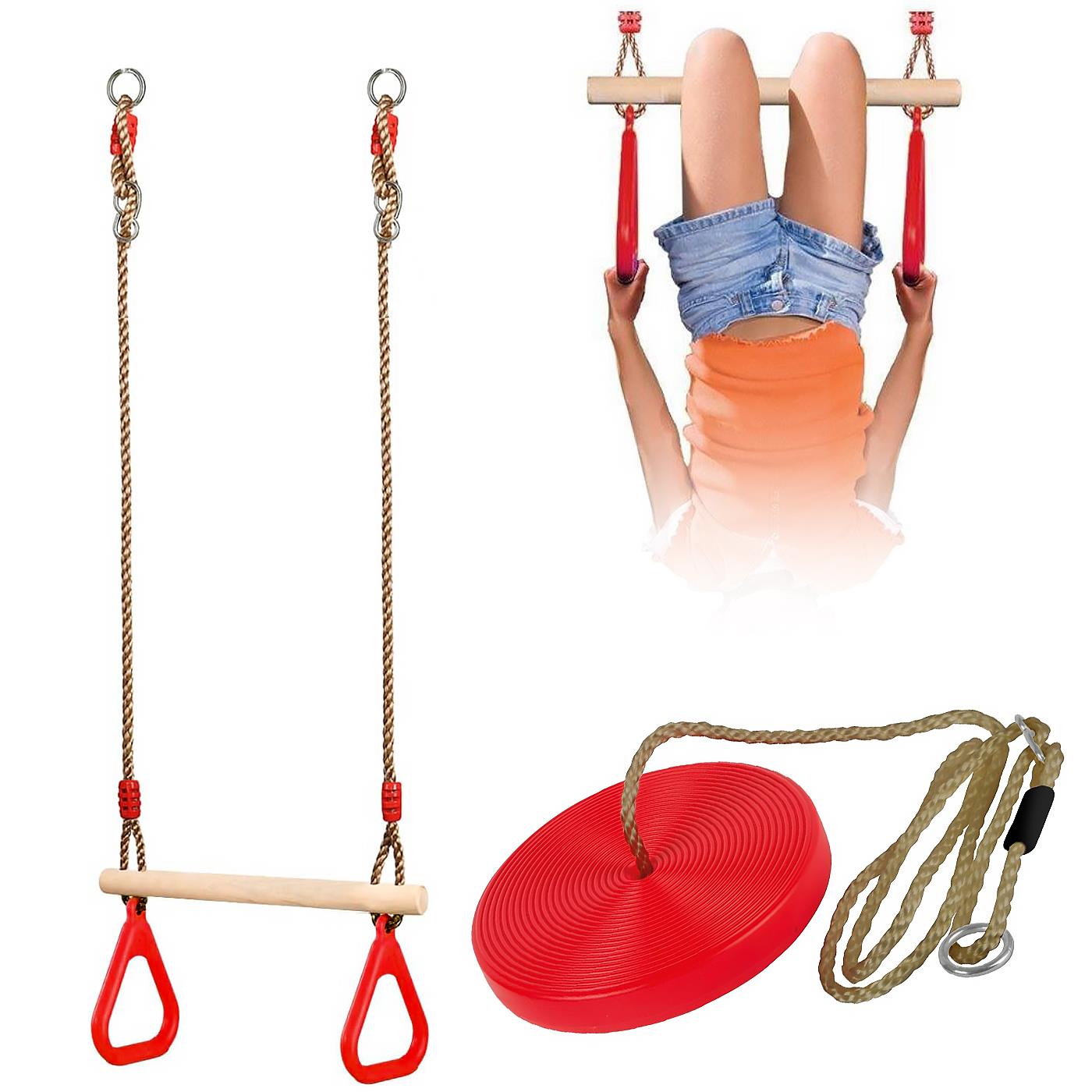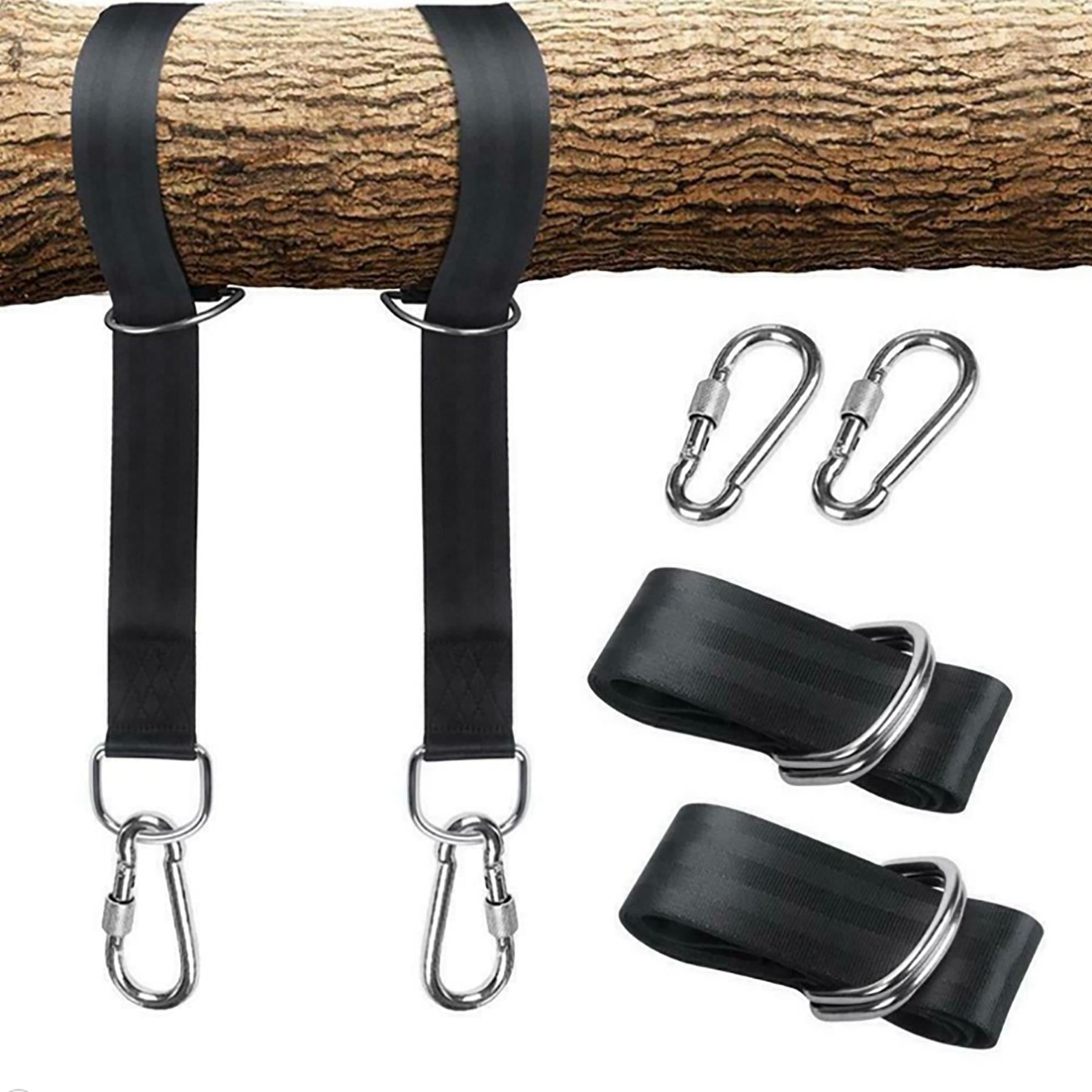Swings are a timeless playground classic, but did you know that they also have numerous benefits for children? From improving physical coordination and balance to reducing stress and anxiety, swings offer a range of advantages that make them a great addition to any backyard or playground. In this blog post, we'll explore the benefits of swings for kids and provide tips on how to choose the best swing for your child.

Benefits of Swings for Kids:
-
Improved physical coordination and balance: Swinging back and forth requires the use of multiple muscle groups and helps children develop balance, coordination, and spatial awareness.
-
Sensory stimulation: Swinging can provide sensory input that calms and regulates the nervous system. The repetitive motion of swinging back and forth can help children feel grounded and focused.
-
Emotional regulation: Swinging can be a soothing and calming activity for children. The rhythmic motion of the swing can help reduce stress and anxiety and promote a sense of relaxation.
-
Socialization: Swings can be a fun activity for children to enjoy together, promoting socialization and teamwork.
-
Gross motor development: Swinging can help develop gross motor skills such as jumping off the swing, pumping their legs to swing higher, and catching themselves when they jump off.

Choosing the Best Swing for Your Child:
When choosing a swing for your child, there are several factors to consider:
-
Safety: Safety should always be the top priority when selecting a swing. Make sure the swing is sturdy and securely attached to a strong support structure. Check that the swing has appropriate safety features such as straps or harnesses.
-
Age appropriateness: Choose a swing that is appropriate for your child's age and weight. Some swings are designed specifically for younger children, while others are better suited for older kids.
-
Type of swing: There are many types of swings available, including traditional swings, tire swings, and rope swings. Consider your child's preferences and needs when selecting a swing.
-
Size and weight capacity: Make sure the swing is appropriately sized for your child and has a weight capacity that can accommodate their weight as they grow.
-
Material: Swings can be made of a variety of materials, including wood, metal, and plastic. Consider the durability of the material and how well it will hold up to weather and frequent use.

In conclusion, swings are a wonderful addition to any backyard or playground, offering numerous benefits for children's physical, emotional, and social development. When selecting a swing for your child, prioritize safety and age appropriateness, and consider the type of swing, size and weight capacity, and material. With the right swing, your child can enjoy hours of outdoor fun and reap the benefits of this classic playground activity.

